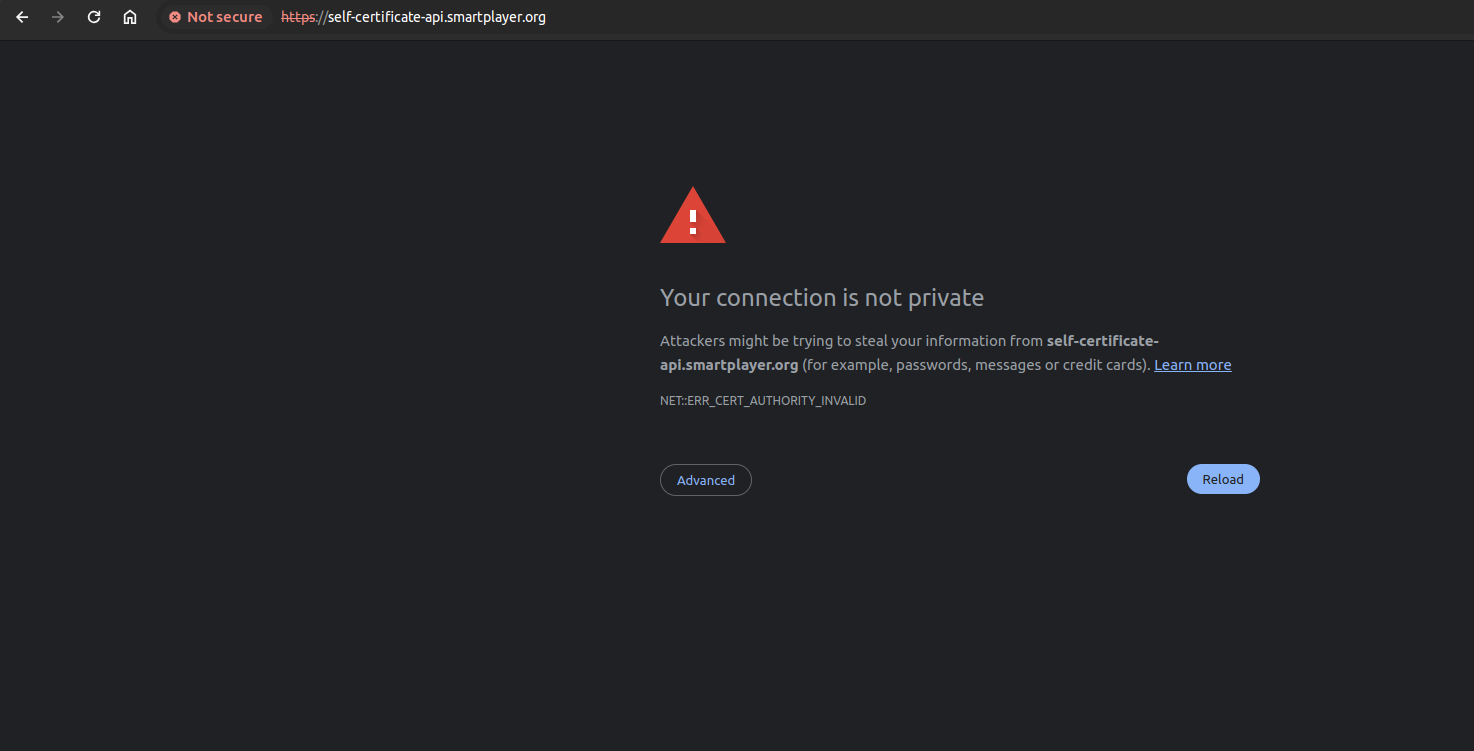Translations:Ssl-certificate/13/en
Материал из SmartPlayer
- Upload the certificate chain (server-sp-chain.crt) and the private key (server-sp.key) to the server using any convenient method. Commonly used programs for this include:
- WinScp - https://winscp.net/eng/
- FileZilla - https://filezilla-project.org/
- Sftp / scp - usually come with the operating system
- Find the path (if you don't know it) where the SmartPlayer platform is installed on the server, by default it is "/home/smartplayer/smartplayer"
- Move the files server-sp-chain.crt and server-sp.key to the certificate folder, by default this is "/home/smartplayer/smartplayer/nginx/ssl". By default, in the nginx configuration provided by SmartPlayer, the file names are: ssl.crt (certificate chain) and ssl_private.key (private key). Use these names for your files to avoid rewriting the nginx web server configuration files.
- Check the nginx configuration to ensure the files are accessible to the web server, by running the command:
docker exec -it smartplayer_web_1 shinside the containernginx -t. The output should be:

- Reload the nginx configuration by running the command:
docker exec -it smartplayer_web_1 shinside the containernginx -s reload - The installation of the certificate on the SmartPlayer server application is now complete. To verify, open the URL of the personal account or server application in the browser. If you used certificates issued by a "common public certification authority," you will immediately see a secure connection (green lock to the left of the address). If you used "self-signed certificates," you will see an insecure connection in the browser, as it does not trust the certificate.
